 It’s late at night for me and I just got home (it’s a long trip from NYC to DC). I’ve had this thought bugging me all day long and while I still don’t know how true it is, I think it’s worth sharing.
It’s late at night for me and I just got home (it’s a long trip from NYC to DC). I’ve had this thought bugging me all day long and while I still don’t know how true it is, I think it’s worth sharing.
I’m putting this post out, even though I don’t have any solid info, because I’m hoping it will generate enough attention that some B&N insider will will leak more information.
About 6 weeks back I was handed a leaked slide that hinted at a pair of Nook Color tablets, with one priced at $250 and the other priced at $350. This raised my hopes for an updated NC and a new NC. But these hopes were dashed by last week’s leak.
Like many who read about the leaked doc last week, I had assumed that the Nook Tablet that BN launched today was their new NC Acclaim. I’m not so sure that’s the case.
Update: Nope. This is the Acclaim. There are reports over at XDA Forums that the NT source code uses the codename Acclaim.
Now, last week’s leaks disappointed me because the specs of the new Nook Tablet didn’t fit with the proposed $350 price tag. I had thought that revealed specs fit closer to being the updated replacement NookColor, not a whole new tablet. It looks like I might have been right. While I don’t have any solid proof just yet, I do have a couple bits of info that suggest B&N have another tablet already in the works.
In response to my expressing disappointment, I got a comment last week from what I think was a B&N insider. I didn’t allow the comment to be seen because it mentioned a new codename for the next Nook. But I’ve also dropped the name a couple of times at the press event just to see the reactions, so it’s probably safe to share it here.
I’m told that the codename for the next B&N tablet is Gossamer. At least, that was the code name; they might change it now that we all know about it.
Update: Apparently I was the only who didn’t know that Gossamer is the name for the Nook Touch. Stupid me, I thought that it was new.
My other piece of information as that I bugged a key member of B&N senior management about the price tag. I got him to admit that the Nook Tablet launched today was never supposed to be priced at $350. I really don’t think he was prepared for me to ask that question, and I beleive that his answer is genuine.
This was also one of the people I name dropped Gossamer. On reflection, I’m not completely sure that he recognized it but I think he did. I don’t think I got a response like what you’d expect if the answer was obviously no (i.e, if I’d suggested the wrong code name).
Of course, this is pretty thin evidence. It’s always safe to proclaim that there’s another gadget coming; when is that not true? But doesn’t this fit better with the price points? Do you really think the new Nook Tablet could have been realistically priced at $350?
I don’t. I have a $400 Asus eeePad Transformer sitting next to me right now, and the Nook Tablet doesn’t have anywhere near the specs to be worth $350. My Transformer has Honeycomb, Android Market, 2 cameras, Bluetooth, and a larger screen. That’s at least $100 difference in price.
BTW, you might want to keep an eye on the hacking efforts for the new Nook Tablet. At some point the hackers will reveal B&N’s product name for the tablet. If the name turns out to be the Acclaim then I am wrong. But if the name for the NT is Encore (or possibly something else) then I was right.
—
For more ebook news, subscribe to the RSS feed or the daily email newsletter. You can also follow me on Twitter: @thDigitalReader or find me on FaceBook.
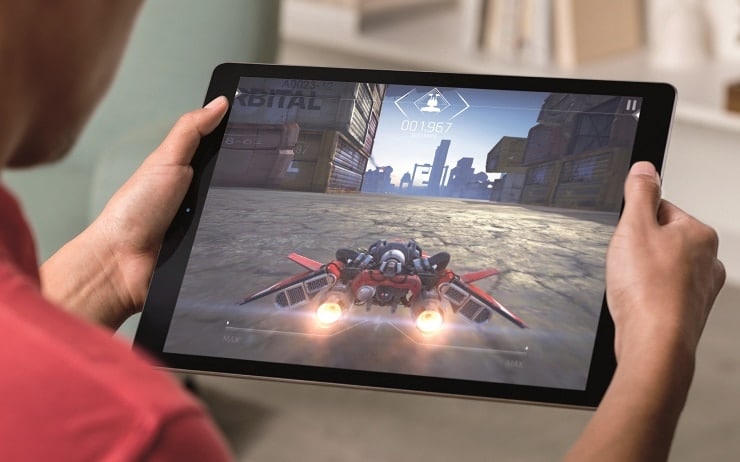
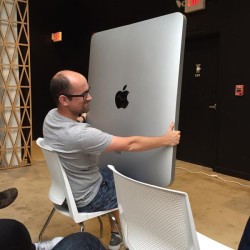
![ASUS_EeePadTransformer_4_610x546[1]](https://the-digital-reader.com/wp-content/uploads/2012/07/ASUS_EeePadTransformer_4_610x5461-250x223.jpg)

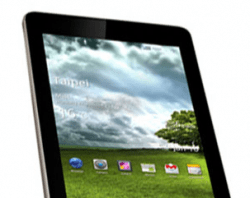
![asus_eee_pad_ces_2012[1]](https://the-digital-reader.com/wp-content/uploads/2012/01/asus_eee_pad_ces_20121.jpg)
![Asus-Eee-Pad-Transformer-Prime_1[1]](https://the-digital-reader.com/wp-content/uploads/2011/12/Asus-Eee-Pad-Transformer-Prime_11-250x196.jpg)
![asus-transformer-prime-4_2[1]](https://the-digital-reader.com/wp-content/uploads/2011/11/asus-transformer-prime-4_21-250x143.jpg)
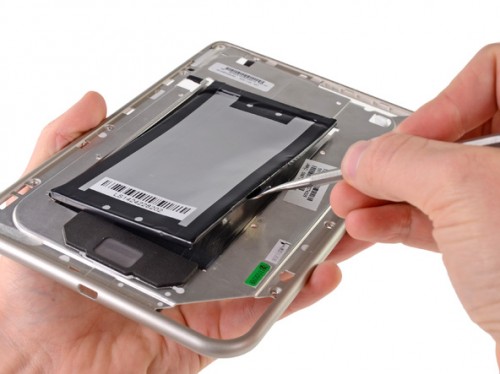
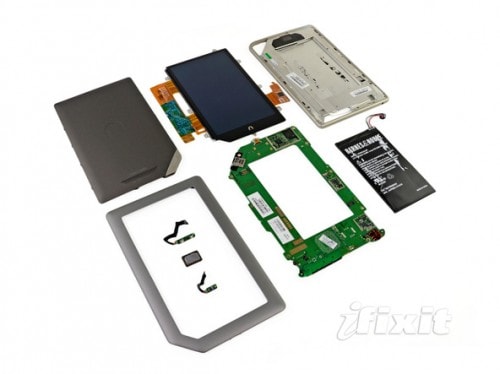

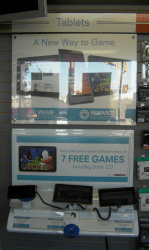
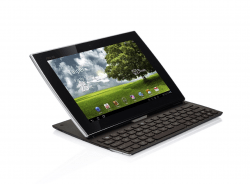
![htctouchpro2-sb1[1]](https://the-digital-reader.com/wp-content/uploads/2011/09/htctouchpro2-sb11-150x120.jpg)

![ASUS_EeePadTransformer_4[1]](https://the-digital-reader.com/wp-content/uploads/2011/08/ASUS_EeePadTransformer_41-250x216.jpg)

